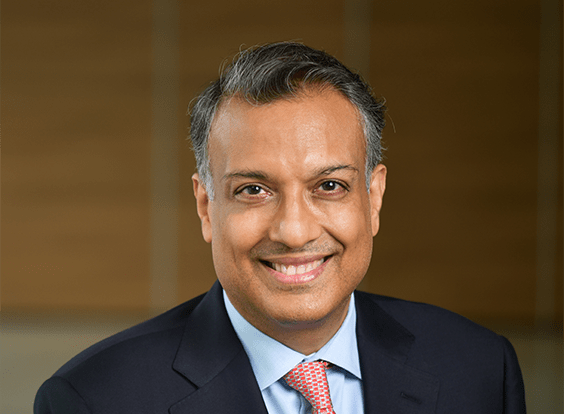The Budget 2023-24 emphasises on infrastructure development and entrepreneurial growth in the country, leading it to stride further and faster on its trajectory of development
EVERYONE AROUND THE nation anticipated that the Union Budget 2023-24 would bring in numerous reforms. These included updating tax slabs, increasing value and breadth of tax-exempted investments, and providing resources for medical and related expenses. Women, students, potential homeowners and small businesses were hoping that the Budget would address their troubles caused by rising inflation, unemployment and slow growth in the global economy.
In the first Budget of the Amrit Kaal, Finance Minister Nirmala Sitharaman did not disappoint them. She presented a Budget of ₹45 lakh crore, nearly 7 per cent higher than the projected expenditure for the current financial year. It strikes the right balance on multiple counts, viz. between short-term fixes and medium-term solutions for economic management; between strategic structural interventions and populist measures in a pre-election year; between growth-oriented fiscal expansion and inflation-reining expenditure re-orientation.
Four cross-cutting themes, listed below, are particularly notable and praiseworthy:
Focus on the common citizen:The change in income tax slabs and tax rates and increased exemptions have got the biggest initial thumbs up from citizens. It will certainly enable greater disposable incomes and help sustain the recent growth witnessed in sectors like construction, real estate, gems and jewellery and fast-moving consumer goods. The social sector spending, at ?8.28 lakh crore, is 18 per cent of total government spending. This is probably lower than the previous years as a percentage of the total Budget, but certainly higher in absolute terms.
Thrust on capital expenditure:Several credible studies have shown that public investment in infrastructure is more effective than other types of public spending in increasing economic output, particularly over the medium term.
Therefore, an allocation of ₹13.7 lakh crore towards effective real capital expenditure, making up 4.5 per cent of the overall gross domestic product (GDP), is just the kind of aggressive approach that was needed to counter the impending economic slowdown. More than a third of this is to two ministries the Ministry of Road Transport and Highways and the Ministry of Railways reflecting the importance of transport and logistics as critical growth enablers. An allocation of ₹10,000 crore to the Urban Infrastructure Development Fund, and a 66 per cent increase in the allocation to the Pradhan Mantri Awas Yojana are steps in the right direction, too.
Unleashing the MSME sector:Several announcements for supporting micro, small and medium enterprises (MSMEs) were made. Rightly so, since this sector accounts for 95 per cent of the industrial units, contributing approximately 50 per cent to India’s exports and employs 100 million people. It is the largest source of employment in the country. Tactically, the Budget has sought to sustain two trends in the MSME sector witnessed in 2022: one, recovery from the pandemic-induced shock; and two, integration into the global supply chains, as other countries and large corporations seek to diversify theirs. By continuing the successful credit guarantee scheme with a revamp, the government has killed two birds with one stonethat of ensuring that MSMEs are able to access collateral free credit and that credit cost is l per cent lower in an environment where we are already witnessing interest rates inch up.
Improvements in ease of doing business through need for reduced paperwork and one-stop interfaces for information provision and accessibility is the second welcome proposal in the Budget. Through a third proposal that buyers will be able to claim a deduction for expenditure incurred only when payments are actually made, the FM has sought to address the issue of delayed payments to the MSMEs. This was a key ask flagged in pre-Budget consultations by industry bodies such as Assocham.
Turning the LiFE movement into action:The Prime Minister had launched the global initiative Lifestyle for Environment (LiFE) on World Environment Day in June 2022. The Union Budget 2023-24 has provided significant resources to turn it into action. Strong thrust has been provided to clean energy and cleaner transport sectors through allocations for the National I Green Hydrogen Mission, transmis- I sion lines from Ladakh and the Faster Adoption and Manufacturing of Electric Vehicles scheme (FAME). The role of nature-based solutions in both climate mitigation and adaptation has been recognised through allocations for mangrove plantations and wetlands and biodiversity conservation. And consumers, corporates and communities have been provided a tool in the form of the Green Credit Programme to voluntarily but meaningfully invest in environmental protection.
To sum it up, Budget 2023-24 by the Prime Minister Narendra Modi-led government is a prudent one, within the context of challenging economic conditions.BT



